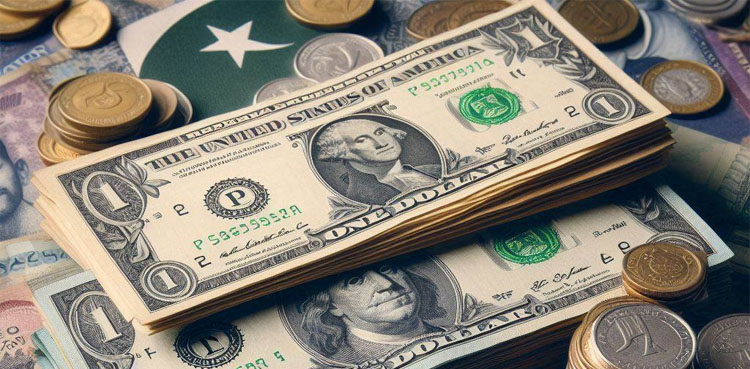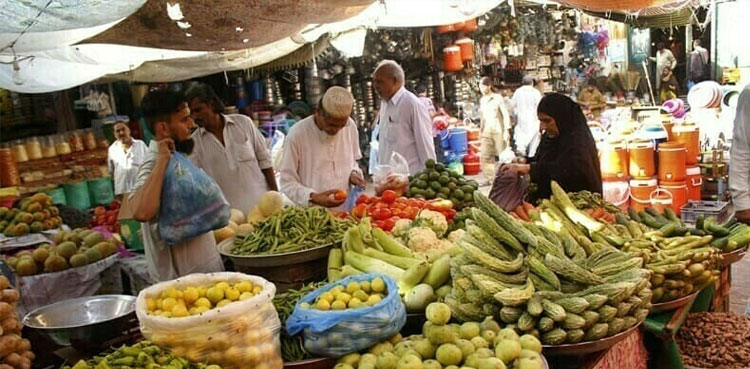A Year of Economic Resilience in Pakistan
- By DJ Kamal Mustafa -
- Sep 30, 2024

One year ago, Army Chief General Syed Asim Munir spoke to a business community in Karachi when the economy was passing through economic uncertainty pierced with raging inflation, depreciating currency values, and generally a decline in the economy. His words were laced with an appeal for resilience against the challenges that were undisputedly grave. Pragmatic to the hilt, General Munir’s optimism worked on instilling hope into investors, asking them to believe in Pakistan’s potential and be patient. He bestowed on the belief that, with God’s help, the country would leave its troubles behind and would advance to a common recovery.
Of course, at the time, his words had a ring of aspiration, considering the country’s economic state. Looking back one year later, the question has to be asked: have those promises been fulfilled? Have there been tangible shifts in the country’s economic fortunes, or have the challenges morphed? General Munir’s call for investment from within the country as the bedrock on which recovery rests was a pretty clear edict; the many developments since then need examination.

A Year of Positive Change: Macroeconomic Indicators
Examining macroeconomic indicators between June 2023 and September 2024 reveals a notable transformation in Pakistan’s economic landscape. Reports indicate a significant uptick across various sectors, suggesting a trend of recovery and stabilization. The most compelling indicator of this positive trajectory is the surge in GDP growth, which rose from a meagre 0.29% to an estimated 2.38%. Projections suggest continued growth at 3.9% for 2025, signalling a revival in economic output that is both necessary and promising.
Further, the trade environment has improved considerably, with the trade deficit narrowing from $27.47 billion to $24.09 billion, driven largely by a remarkable increase in agricultural exports, which soared from $4.7 billion to $7.1 billion. Additionally, while foreign direct investment (FDI) grew modestly from $1.63 billion to $1.9 billion, it underscores a burgeoning confidence in the economy.
Perhaps the most striking development has been the dramatic decline in inflation, plummeting from an alarming 38% to a much more manageable 9.6%. This reduction highlights successful efforts to control prices and restore stability, complemented by a decrease in the policy rate from 22% to 17.5%, aimed at invigorating economic activity. The Pakistani Rupee also experienced a significant appreciation against the US dollar, moving from Rs 333.5 to Rs 278, further indicative of an improved economic sentiment.
The external sector has likewise exhibited positive signs, with the current account deficit shrinking from -$2.55 billion to -$0.68 billion, buoyed by an increase in remittances from $27.3 billion to $30.2 billion and a surge in inflows from the Roshan Digital Account (RDA) from $1.96 billion to $8.58 billion. The State Bank of Pakistan’s foreign exchange reserves saw a considerable rise from $4.4 billion to $9.47 billion, collectively illustrating a healthier external sector.

Sectoral Success and Market Sentiment
Beyond these macroeconomic indicators, there have been notable improvements across specific sectors. The IT sector, for instance, has experienced robust growth, with exports rising from $2.6 billion to $3.2 billion, signifying its increasing competitiveness in the global market. Tax collection surged from Rs 7.1 trillion to Rs 9.3 trillion, reflecting improved government revenue generation. Furthermore, the stock market has experienced a resurgence, with the KSE-100 index soaring from 47,000 points to 82,000 points, reflecting heightened investor confidence.
While these indicators provide a valuable snapshot of the economy’s health, a comprehensive understanding also requires consideration of social factors, political stability, and global economic conditions.
Trade Performance Analysis
An analysis of Pakistan’s trade performance over the same period reveals a positive trajectory characterised by a reduction in the trade deficit and growth in exports. The trade deficit decreased notably from $27.47 billion to $24.09 billion, suggesting a movement towards a more balanced trade position. Overall exports increased from $27.7 billion to $30.6 billion, with agricultural exports rising from $4.7 billion to $7.1 billion, indicative of improved productivity and access to international markets.
Moreover, the IT sector’s performance has been particularly impressive, showcasing its potential as a significant contributor to Pakistan’s export earnings. Exports to China also experienced growth, highlighting the importance of this key economic relationship.
Looking Ahead: Sustaining Momentum
While the data indicates commendable progress, sustaining this positive trajectory will require focused efforts in several areas. Diversifying the export basket is essential to reduce reliance on a few products and explore new markets. Enhancing competitiveness through improved productivity, reduced production costs, and fostering innovation will be crucial for Pakistani businesses to thrive globally. Continued efforts to attract foreign direct investment in key sectors can further bolster exports and contribute to sustainable economic growth.
As we consider the economic indicators over the past year, the narrative has shifted from one of despair to one of renewed hope. The business community, once hesitant and uncertain, is now beginning to regain its confidence in Pakistan’s economic potential. If this momentum continues, Pakistan may find itself on a path to becoming a significant player on the global economic stage. The notion of joining the G20, once a distant aspiration, now seems within reach. The journey ahead is filled with challenges, but with sustained commitment and collective effort, Pakistan can navigate this path towards prosperity and resilience.
